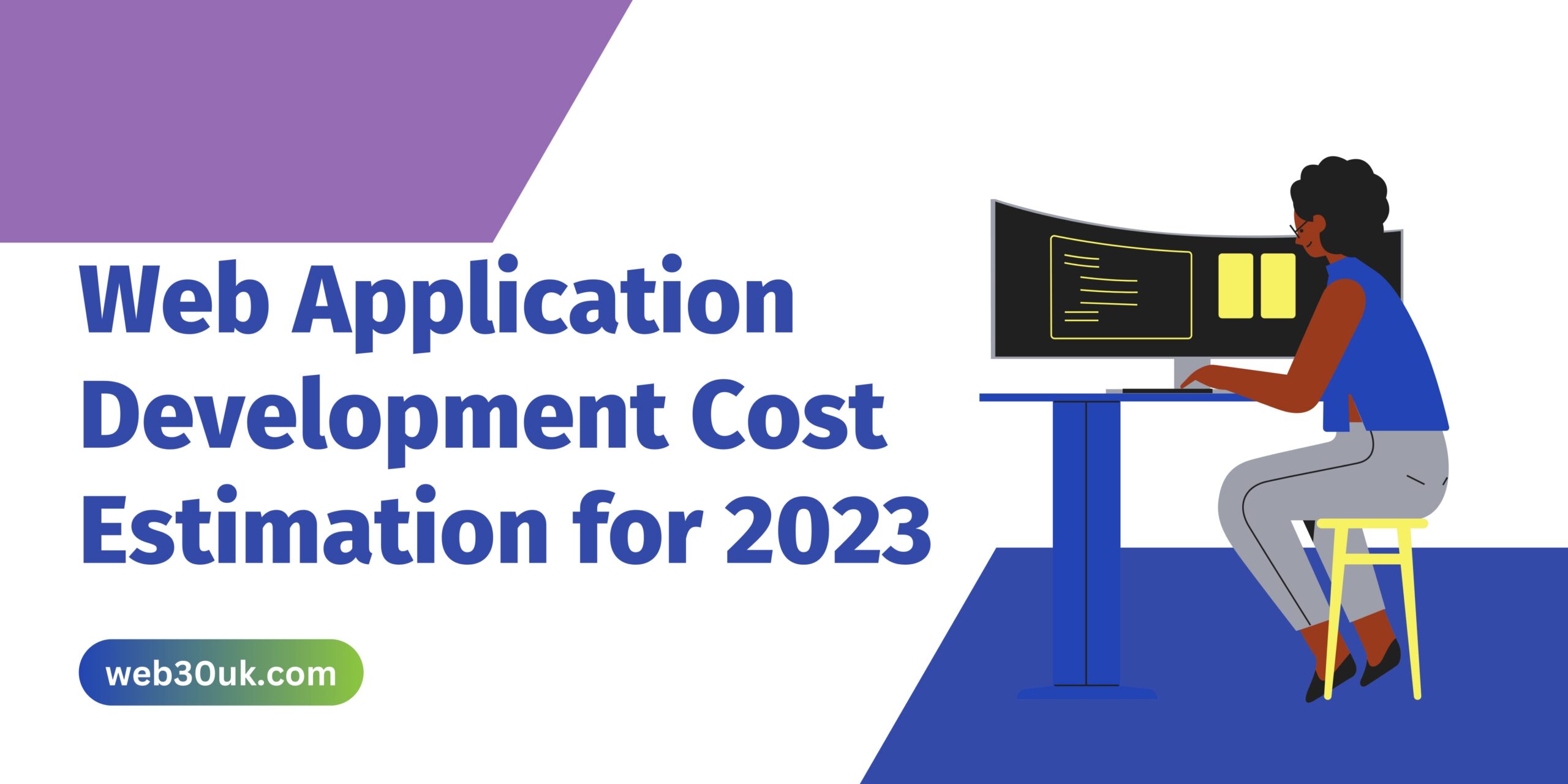In the fast-paced world of decentralized finance (DeFi), new trends are constantly emerging, reshaping the landscape and presenting exciting opportunities for investors, developers, and enthusiasts alike. As we delve into 2023, it’s crucial to stay ahead of the curve and identify the DeFi trends that are gaining significant traction.
In this article, we’ll explore the most notable trends that are shaping the DeFi ecosystem and positioning themselves for long-term success.
1. Cross-Chain Interoperability: Unlocking Seamless Integration
One of the most prominent trends in the DeFi space is the pursuit of cross-chain interoperability. The ability to seamlessly transfer assets and data across different blockchain networks holds immense potential for expanding the scope and usability of Decentralized Applications (dApps). Projects such as Polkadot, Cosmos, and Avalanche are spearheading this movement by enabling secure and efficient communication between blockchains, fostering collaboration, and driving innovation.
2. Decentralized Exchanges (DEXs): Revolutionizing Traditional Trading
Decentralized exchanges (DEXs) have been steadily gaining popularity, challenging the hegemony of centralized exchanges. With the advent of advanced protocols like Uniswap, SushiSwap, and PancakeSwap, users can now trade cryptocurrencies directly from their wallets without relying on intermediaries. The advantages of DEXs, such as enhanced security, reduced fees, and increased privacy, have attracted a growing user base, propelling these platforms to the forefront of DeFi.
3. NFTs (Non-Fungible Tokens): Transforming Digital Ownership
Non-Fungible Tokens (NFTs) have taken the world by storm, revolutionizing the concept of digital ownership. These unique digital assets enable creators and collectors to tokenize and monetize various forms of content, including artwork, music, virtual real estate, and even virtual metaverses. NFT marketplaces like OpenSea and Rarible have witnessed an unprecedented surge in activity, with artists and investors alike recognizing the tremendous value and potential within this space.
4. Lending and Borrowing: Empowering Financial Inclusion
Lending and borrowing platforms have become an integral part of the DeFi ecosystem, providing individuals with access to financial services that were once exclusive to traditional banking systems. Through protocols such as Compound, Aave, and MakerDAO, users can lend their assets to earn interest or borrow funds by leveraging their existing holdings as collateral. This democratization of financial services promotes financial inclusion, unlocking opportunities for individuals around the globe.
Also Read: Web Application Development Cost Estimation for 2023
5. Yield Farming and Staking: Maximizing Returns
Yield farming and staking have emerged as lucrative strategies for investors seeking to maximize their returns in the DeFi space. By providing liquidity to protocols or locking up their assets in staking mechanisms, users can earn rewards in the form of additional tokens. Projects like Yearn. finance, Synthetix, and Terra have pioneered innovative approaches to yield farming and staking, offering users attractive incentives and fostering community engagement.
6. Privacy and Security Enhancements: Safeguarding User Assets
As the DeFi ecosystem continues to evolve, ensuring robust privacy and security measures becomes paramount. Innovations in privacy-focused protocols, such as Zcash and Monero, are being integrated into DeFi applications to safeguard user identities and transaction data. Additionally, advancements in multi-signature wallets and smart contract auditing tools contribute to reinforcing the security infrastructure, instilling trust among users and mitigating potential risks.
7. Sustainable and Eco-Friendly Solutions: Addressing Environmental Concerns
With the increasing popularity of DeFi, the energy consumption and environmental impact of blockchain networks have come under scrutiny. To address these concerns, projects like Cardano and Tezos have focused on developing more energy-efficient consensus mechanisms and reducing their carbon footprints. The adoption of proof-of-stake (PoS) algorithms and the integration of sustainable practices within the DeFi ecosystem are vital steps toward building a greener and more sustainable future.
8. Institutional Adoption: Mainstream Recognition and Integration
Institutional adoption of DeFi is gaining momentum, with traditional financial institutions recognizing the transformative potential of decentralized finance. Established banks, asset managers, and venture capital firms are exploring partnerships, investments, and acquisitions within the DeFi space. This increased participation by institutional players brings credibility, liquidity, and mainstream recognition to DeFi, paving the way for further growth and development.
So, If you want to learn more or discuss your project requirement, Please contact us to talk to our experts.













